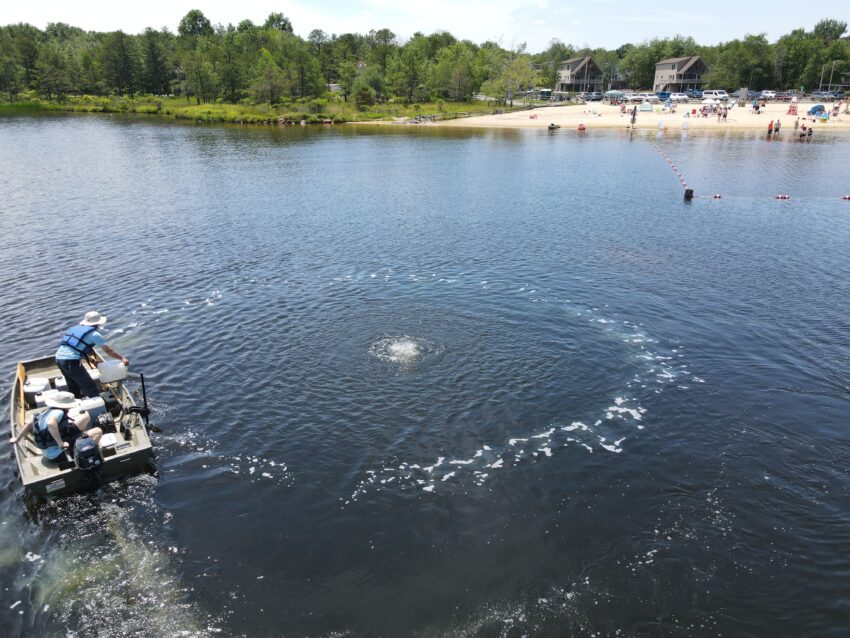Lakes are more than just bodies of water; they are vital ecosystems that support diverse life forms, provide recreational enjoyment, and sustain local economies. Yet, across the country, the water quality in our lakes is declining at an alarming rate, leading to severe repercussions.
Observable indicators of this deterioration include the emergence of symptoms such as invasive weeds, algae blooms, the emission of unpleasant odors, and “fish kills.”
Today, experts such as Wayne Carmichael, PhD, a prominent expert in aquatic toxicology, known for his work on toxic cyanobacteria, are urging a more permanent solution than simply applying air, flocculating/binding agents or algaecides as a quick fix. Treating the symptoms in this way often causes a rebound effect, where the underlying issues become more severe over time.
“The goal should be to reverse the damage and restore these vital ecosystems, but to do so, we must revise, and sometimes abandon practices of the past that have been widely recognized to be ineffective and embrace a new way of managing our lakes—one that is proactive, science-based, and focused on addressing the root causes of degradation,” says Carmichael, who has over 500 peer-reviewed papers, publications and presentations and has consulted on cyanobacteria issues in over 25 countries.
Fortunately, there are effective, comprehensive solutions that can help in the fight to save our nation’s lakes. The solution is a multifaceted approach that addresses the root causes of water quality degradation.
These include (among others):
- Addressing hypoxia by ensuring adequate oxygen levels
Although there are many different solutions that can be used to help revive a lake ecosystem, one promising category involves utilizing Rapid Acting Dissolved Oxygen Restoration (RADOR) technology. Numerous studies have demonstrated that high, stable oxygen levels reduce nutrients and minerals in the water column and can keep phosphorus locked into the organic sediments.
“By increasing dissolved oxygen levels throughout the water column, the RADOR system initiates a sequence of events that bio-dredge mucky sediment, control aquatic weeds, improve water quality, reduce organic muck, nutrients, odor, harmful gases, and coliform bacteria. This helps to restore the nutrient clearing capacity of the food web by improving fish growth and health,” explains Dave Shackleton, president of Clean-Flo International, a US-based leader in biological water management solutions for managing water quality in wastewater treatment, rivers, lakes and reservoirs.
Clean-Flo designs its RADOR systems using compressors of various sizes based on the lake and application, along with self-sinking airline and diffusers that maintain full oxygenation from the bottom to the surface of the water.
- Restoring balance to a lake through bioaugmentation
“[Bioaugmentation] involves the use of enzymes to break down organic muck, like a compost pile. Boosted by natural enzymes, aerobic bacteria and micro-organisms consume the organic muck and nutrients, while aquatic insects feed on the bacteria, increasing the natural food source for fish,” says Shackleton.
Critical micronutrients can also be introduced to stimulate the growth of organisms that form the foundation of a productive food web.
According to Shackleton, these are only a few of the available solutions, and customized programs based on the specific conditions of each lake are typically required to ensure restoration and long-term lake health.
“To preserve our nation’s lakes, the industry must adopt a new approach to lake management – one that supports nature and addresses the root causes of degradation,” says Shackleton. “Working with nature, rather than against it, is key to restoring lake health.”
For more information, visit www.clean-flo.com; email contact@clean-flo.com; or call 1-800-328-6656.

